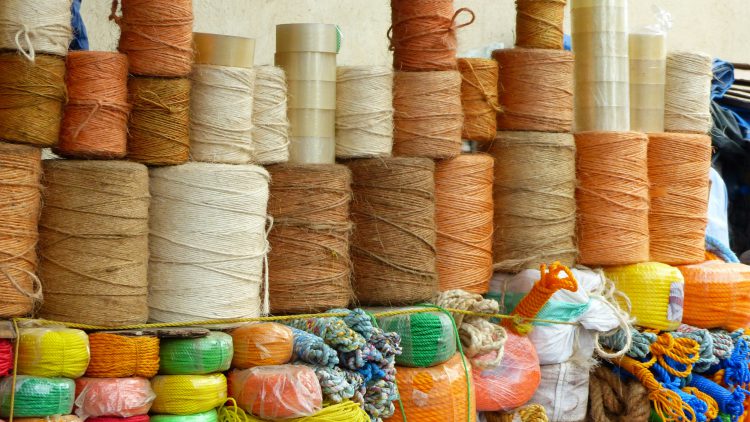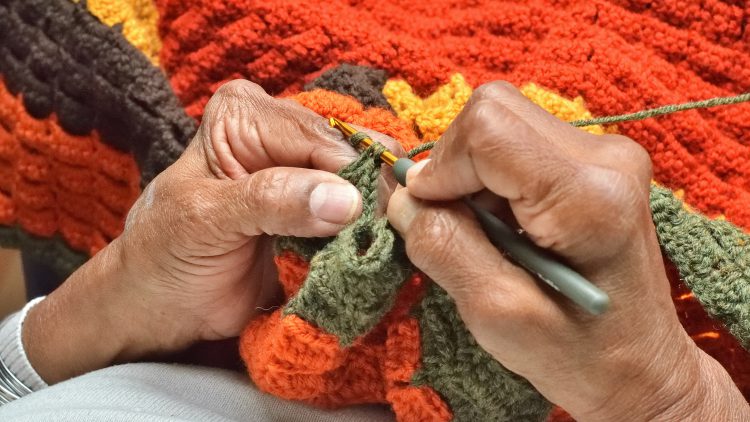Every loop, twist, and stitch tells a story. The artistry behind knitwear is more than just technique—it’s a fusion of tradition, creativity, and emotion. When you wear a handmade piece, you’re not just putting on clothing; you’re wrapping yourself in a narrative woven by skilled hands.
🧶 Crochet vs. Knitting: Two Techniques, One Passion
Crochet and knitting are distinct crafts, each with its own charm. Crochet uses a single hook to create textured, sculptural patterns. It’s perfect for intricate designs like lace, motifs, and decorative items. Knitting, on the other hand, uses two needles to produce stretchy, smooth fabrics—ideal for garments like sweaters, socks, and hats.
Each method speaks its own language. Artisans choose between them based on the desired texture, flexibility, and aesthetic. Some even blend both techniques in a single piece, creating depth and variety that elevate the final product.
🧵 Tradition Meets Modern Style
Knitwear has deep roots in tradition. Classic cable-knit sweaters, once staples of rural life, now grace fashion runways. The craft has evolved, embracing modern trends while honoring its heritage. Oversized scarves, cropped knit tops, and even knit handbags showcase how versatile and contemporary fiber art can be.
Designers today mix vintage techniques with bold colors, unconventional shapes, and playful details. A chunky knit cardigan might carry the warmth of nostalgia while making a bold fashion statement with neon yarn or asymmetrical cuts.
🪡 Tools of the Trade
Behind every handmade item is a toolkit that empowers the artisan. Hooks, needles, stitch markers, yarn winders, measuring tapes, and tapestry needles all play a role in shaping the final piece. Choosing the right tools and yarn—whether it’s soft merino wool, breathable cotton, or vibrant acrylic—is essential to achieving the desired look and feel.
Wooden needles may offer a gentle grip for delicate yarns, while metal ones glide smoothly through thicker fibers. Even the type of hook can influence tension and stitch definition. Mastery of these tools is part of the magic.
🎨 The Design Process: From Sketch to Stitch
Creating knitwear is a thoughtful process. It begins with inspiration—perhaps a mood, a season, or a story. Artisans sketch ideas, select color palettes, and swatch different stitch patterns to test texture and drape. Swatching is crucial: it helps determine how the yarn behaves and ensures the final piece fits and flows as intended.
Once the design is finalized, the crafting begins. Every stitch is a decision, every row a step closer to completion. Mistakes are unraveled and redone with care. It’s a meditative journey that blends precision with imagination.
❤️ Fiber Art: A Connection Beyond Fashion
Handmade knitwear carries emotional weight. It’s a labor of love, often made with someone specific in mind. That’s why receiving a handmade scarf or sweater feels so personal—it’s a gift of time, skill, and intention.
Understanding the craft deepens your appreciation. You begin to notice the subtle details: the choice of yarn, the complexity of the pattern, the neatness of the finishing. It’s not just fashion—it’s fiber art. A wearable story. A tactile expression of creativity.
If you’re curious to try it yourself, start small. A simple scarf or beanie can be a gateway into a world of texture, color, and rhythm. With each stitch, you’ll discover not just a new skill, but a new way to connect—with tradition, with others, and with yourself.


